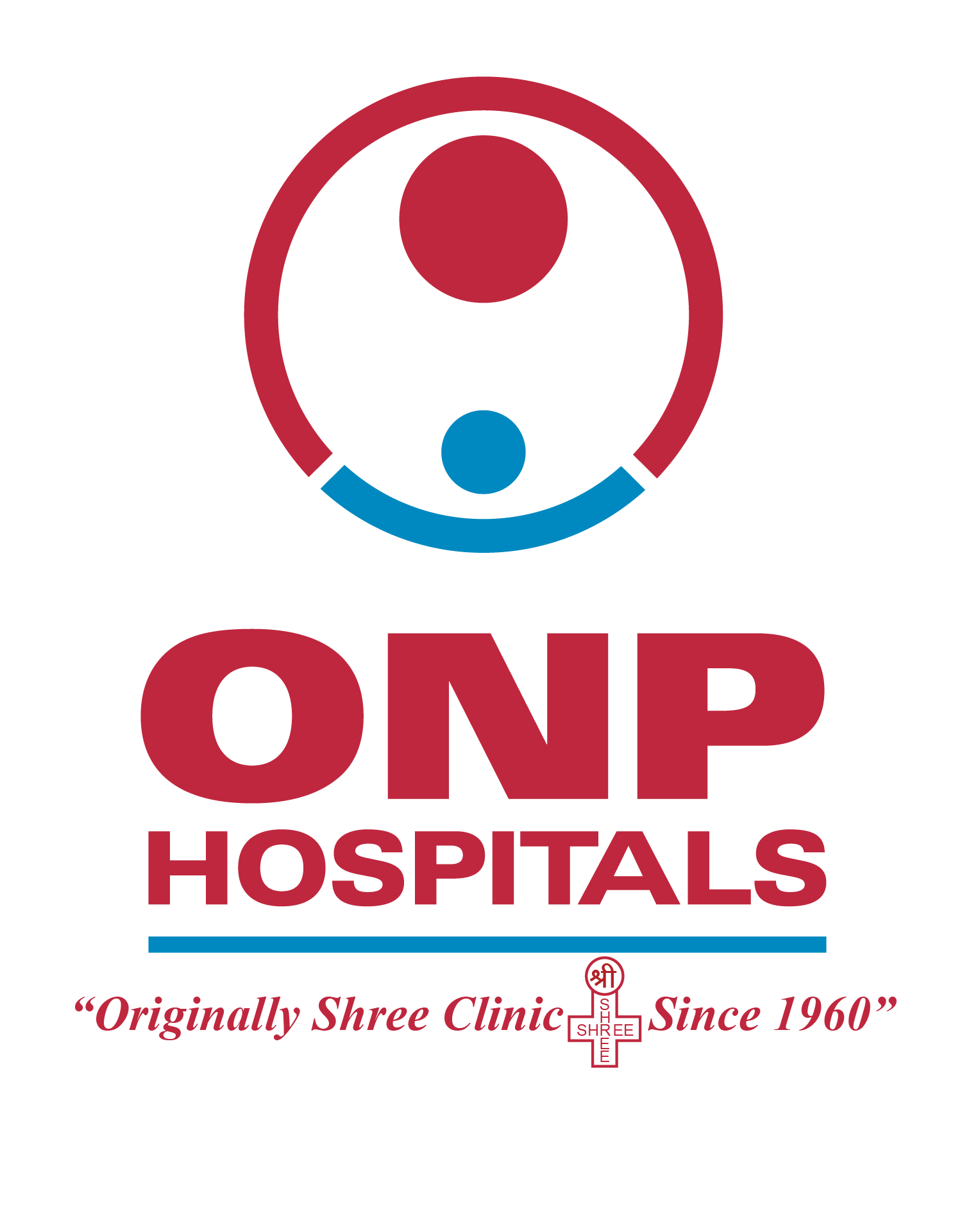Breast Cancer
Having breast cancer is a condition that causes breast cells to proliferate uncontrollably. Breast cancer comes in a variety of forms, each of which has a distinct prognosis. The type of breast cancer is determined by which breast cells become cancerous.
Various areas of the breast may be affected by breast cancer. Lobules, connective tissue, and ducts, are the three primary components of a breast. To make milk, a woman must have one or more lobules in her body. There are ducts in the nipple that transport milk to and from the udders. It’s all held together by the connective tissue, which is made up of both fibrous and fat tissue. Usually, breast cancers originate in the lobules of the breast.
Blood or lymph veins may be used to transfer breast cancer to other parts of the body. Breast cancer is considered to have metastasized whenever it moves to other regions of the body.
- 24/7 Care
- Expert Doctors
- Modern Facilities
Everything You Need To Know About Breast Cancer
Causes and Risk Factors
Breast cancer is caused by abnormal growth of breast cells, according to doctors. These cells multiply at a far faster rate than healthy cells, generating a bulge or bulk. Your nodules or other regions of your body may get infected by cancerous cells that spread throughout your breast.
Tumors in the milk-producing channels of the breast are the most common source of breast cancer (invasive ductal carcinoma). Invasive lobular carcinoma (ILC) and other forms of breast cancer could also arise in the granulation tissue known as lobules.
Several variables, including hormonal, behavioral, and external conditions, have been linked to an increased chance of breast cancer. There’s no obvious answer as to why some individuals who seem to have no health risks acquire cancer, while others who possess risk factors do not. Both genetic composition and your surroundings are likely to have a role in your risk of developing breast cancer.
A risk factor for breast cancer is something that increases your chances of developing the disease. A risk factor for breast cancer doesn’t definitely guarantee that you’ll get the disease. In many cases, there are no established risk factors for breast cancer in females other than just being females.
Breast cancer is linked to a number of factors, including:
- A woman’s condition – Breast cancer is more common in women than in males
- Age-Increase in age as you become older, your chances of developing breast cancer go up
- History of breast problems from a personal perspective – It’s important to know whether or not you’ve been diagnosed with lobular carcinoma in situ (LCIS) or abnormal breast hyperplasia
- Background of breast cancer in the family – One breast cancer increases the likelihood that the other may acquire cancer as well
- Breast cancer has a strong familial history – For women who have a mother, sister, or daughter who has been diagnosed with terminal cancer, the chance of developing the disease increases. Despite this, the vast bulk of breast cancer patients have no family background of the illness
- Genes that raise the risk of cancer – The risk of developing breast cancer may be passed down from parents to their children via certain gene abnormalities. BRCA1 and BRCA2 are two of the most common gene mutations. However, these genes may raise your chance of breast cancer as well as other malignancies, but they don’t guarantee that you’ll get cancer
Symptoms
Breast cancer may manifest itself in a variety of ways, including the following symptoms:
- A lump or swelling in the breast that looks different from usual tissue should be investigated
- Breasts might change in size, form, or aspect as a result of pregnancy
- Dimpling, for example, is an alteration in the skin around the breast
- A nipple that has recently been inverted
- An region of skin pigment around one’s nipple (areola) or on the breast skin that is flaking, scabbing, or peeling
- Like with the surface of an orange, you may see redness or crack on the skin above your breast.
Treatments
Breast cancer treatment options vary. It varies on the kind and extent of cancer. Breast cancer patients typically get many treatments.
- Surgery – A procedure to remove cancerous tissue.
- Chemotherapy – Using drugs to shrink or destroy cancer cells. The meds may be either orally or injected into your veins.
- Hormone replacement – Prevents cancer cells from acquiring necessary hormones.
- Biotherapy – Aids the immune system in fighting cancer cells or controlling bad impacts from other cancer therapies.
- Radiotherapy – Using X-ray-like high-energy beams to destroy cancer cells.
Conclusion
Moreover, it might be difficult to choose which therapy is best for you. Discuss the therapy choices open to you with your oncologist based on the specific kind and tumor stage you have. Each therapy has its own risks and advantages, as well as its own adverse effects, which your doctor may discuss with you.

